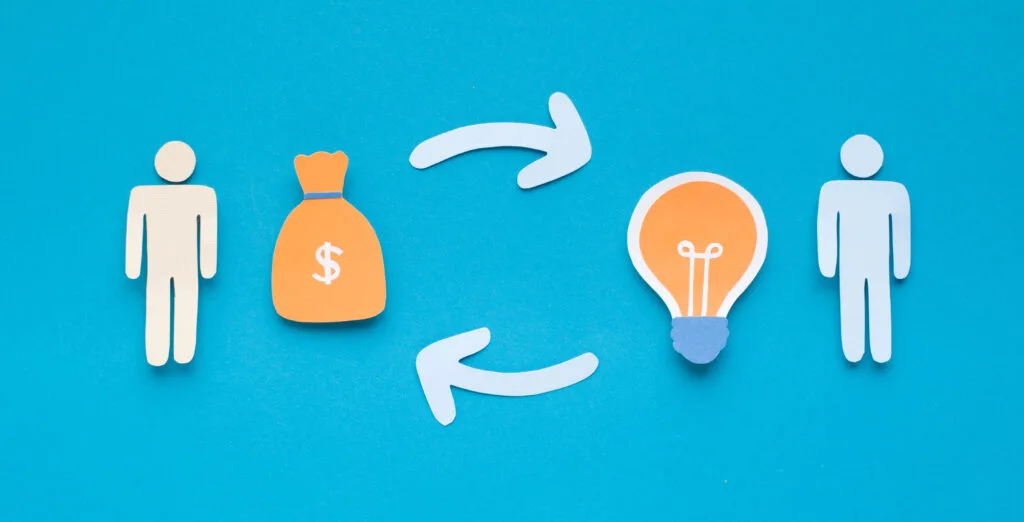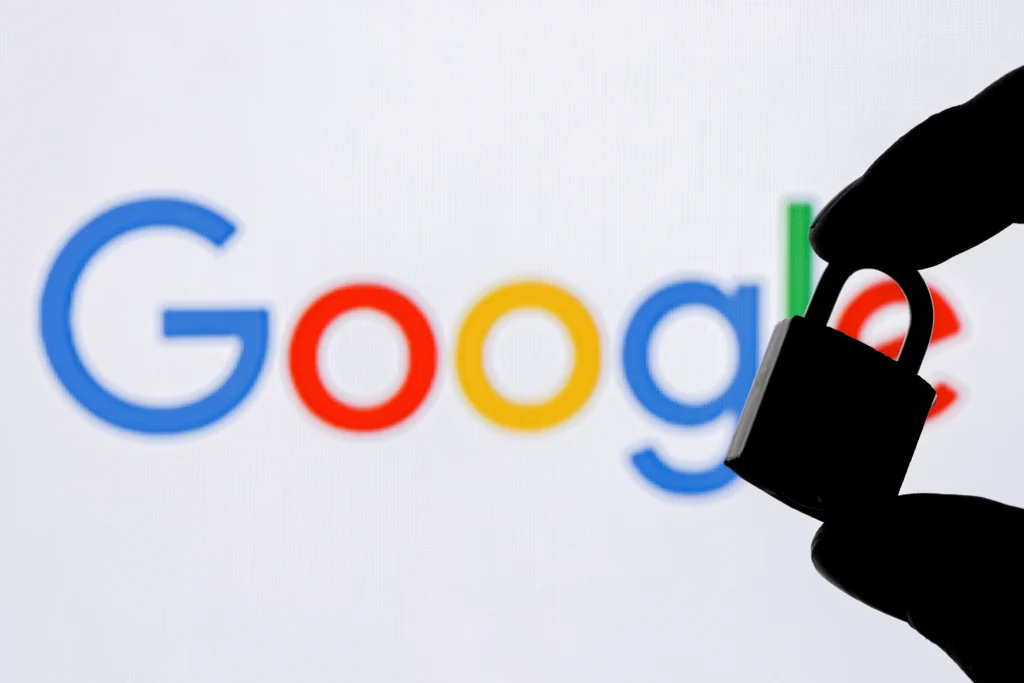In online marketing, conversion refers to a potential customer performing a specified target action, that is, customer conversion. Conversion covers various actions, such as a visitor becoming a customer, signing up for a newsletter, downloading content, or clicking a specific button. These actions are critical to measuring the success of the company and the effectiveness of its marketing strategies. So what are conversions and how are they calculated?

What is Conversion?
Transformation means the realization of target actions set by the company. In the marketing world, this can happen in different ways, such as online store visits converting into purchases, newsletter sign-ups, content downloads, or clicking a specific button. Conversions describe the process by which an interested party turns into a buyer, and a buyer turns into a customer. Basically, all lead actions can be considered conversions. What is conversion Now that we have answered the question, let's take a look at the conversion types together.
What are the Conversion Types?
Transformation can be associated with many different actions. Common examples of transformations include:
- Registration for Demo or Test Version: Potential customers can sign up to use a trial version of a product or service.
- Content Download: Users can download content such as brochures or e-books.
- Signing up for Email Lists: To gain access to newsletters or special offers, users can sign up for email lists.
- Contact with Provider: Users can contact the company directly via contact forms.
- Clicking on Ads: Users may show interest by clicking on a particular content or ad.
- Buy: Users can purchase a product or service.
- Membership or Subscription: Users can sign up or subscribe to a particular service or platform.
- Participation in Webinar or Online Event: Users can register for a webinar or online event.
- To fill a form: Users can fill out a survey or information collection form.
- Social Media Sharing: Users can share content on social media platforms.
- Comment or Feedback: Users can comment or provide feedback about the product or service.
- Video Watching: Users can interact by watching a particular video.
- Using a Discount Code or Coupon: Users can make purchases using a discount code or coupon.
- Account Creation: Users can create an account on a website or app.
- Online Consultancy or Support Request: Users can request advice or support online.
- Reading a Blog Post or Article: Users can interact by reading a blog post or article.
- Writing a Product Rating or Review: Users can write a rating or review about the product or service.
- App Download: Users can download a mobile or desktop app.
- Participation in Campaigns or Competitions: Users can interact by participating in a campaign or contest.
- Location Based Check-in: Users can make a reservation by checking in at a specific location.
While some of these conversions are very common, others involve very niche audiences and situations. In this blog post we will address the more frequently used ones. What is conversion Now that we have learned the types of transformations and transformations, we need to focus on the importance of transformations and one of the most important questions: How are conversions calculated? Let's move on to the question.

The Importance of Conversions
Companies define conversions and related goals to evaluate the customer journey and success of their marketing strategies. Particularly in e-commerce, search engine marketing and online advertising, conversion rate is considered a critical KPI for measuring the success of a website or marketing campaign. Transformations, a of the website In addition to tracking its success, it is also used in affiliate networks. Payments to publishers are determined by conversions.
How Are Conversions Calculated?
Conversions are measured and evaluated using common web analytics tools such as Google Analytics. A variety of tools can be used to outline the conversion path throughout the customer journey across different platforms and devices. Conversion tracking usually occurs through user tagging via cookies. However, the search for safer labeling methods continues.
Conversion Types
Transformations are generally divided into hard and soft transformations:
- Hard Transformations: These types of conversions are conversions that are close to a purchasing decision for a product or service. For example, actions such as signing up for a product demo, requesting a specific communication, or placing an order are examples of hard conversions.
- Soft Transformations: These conversions indicate that the visitor is interested in a product or specific content but is not yet ready to make a purchasing decision. For example, signing up for a newsletter or downloading informative content are examples of soft conversions.
Conversion and Potential Customer Relationship
In online marketing, the terms lead and conversion are often used synonymously. Both terms refer to the conversion of an interested party into a customer. However, the term lead primarily refers to contacting an interested party who can become a potential customer through this action. After a conversion, the lead has already become a customer. A lead may be a prerequisite for a subsequent conversion, but conversion is not limited to just contact and can occur in a variety of ways.

How to Measure Conversion Rate?
Conversion rate measures the number of users who take a specific desired action.
The “ultimate goal” is determined by the company; common examples of this include a customer placing an order, a user subscribing, or signing up for a free trial.
Once determined, this figure is divided by the total number of users who visited the website (and potentially had a conversion opportunity).
Conversion rate = (Number of actions taken / Number of all visitors) * 100
There is generally no ideal value for conversion rate because it varies depending on a website's overall performance. All marketing measures that contribute to increasing the conversion rate are called Conversion Rate Optimization (CRO).
Conversion rate optimization (CRO) refers to the best practices that websites implement to optimize conversion rates and increase the efficiency with which sales are created.
In general, above-market conversion rates mean that the current marketing strategy is bringing the right customers to the site (i.e., attracting the right targets to sell to) and that the sales pitch or “message” is connecting well with the audience.
Defining what a “good” conversion rate is depends entirely on the industry, audience demographics, and total site traffic, as well as various other factors.
Measure Conversions Using Google Ads and Google Analytics
Google Ads advertising Users of the program can define conversion goals to measure the success of their SEA campaigns. There are different conversion goals to choose from, such as purchase, search, or registration. The tracking code must be applied to the landing page to measure conversions. Google Analytics can also be used to define conversions as “goals.” These goals could be, for example, a certain amount of time spent on the page or submitting a certain form. These goals can be imported into the Google AdWords account and used to measure the conversion of the advertising program.
SEO and Conversions
Having many users reach the product or service they are looking for through organic search increases the website operator's chances of conversion. Search engine optimization (SEO) and transformations are directly related. Websites that rank well get more traffic and thus have the opportunity to get more conversions. Technical SEO optimizations have a positive impact on conversions. Optimization of page speed, usability, and on-page content improves user experience and increases visitors' likelihood of purchasing.
Conversions in Online Marketing
For webmasters, advertisers, and agencies, conversions are scalable parameters when measuring success. Conversions provide fair reimbursement for agency services based on success. However, when it comes to conversions that are not directly related to the purchase of a product, site owners should pay attention to how the conversion occurs. Because actions such as downloads and newsletter subscriptions can, in extreme cases, be caused by automated bots aimed at manipulating conversions. Therefore, a cross-check through the customer journey or the sources that led to the conversion is always appropriate.

What is a Conversion Funnel?
The conversion funnel includes all the steps necessary for conversion. When the user gets quick access to the product they are looking for, the chance of conversion increases significantly. Therefore, with search engine optimization, care should be taken to ensure that your website has short loading times, logical navigation and high-quality content.
Conversion and every stage of the customer journey are critical to increasing the success of marketing strategies and customer satisfaction. Proper management and analysis of these processes helps companies maintain competitive advantage and increase market share.
What is Conversion We have come to the end of our blog post titled. See you in the next blog posts. Check out the links below for more! You can also optimize your conversions and have a professional digital agency Your transformations with us to work with




